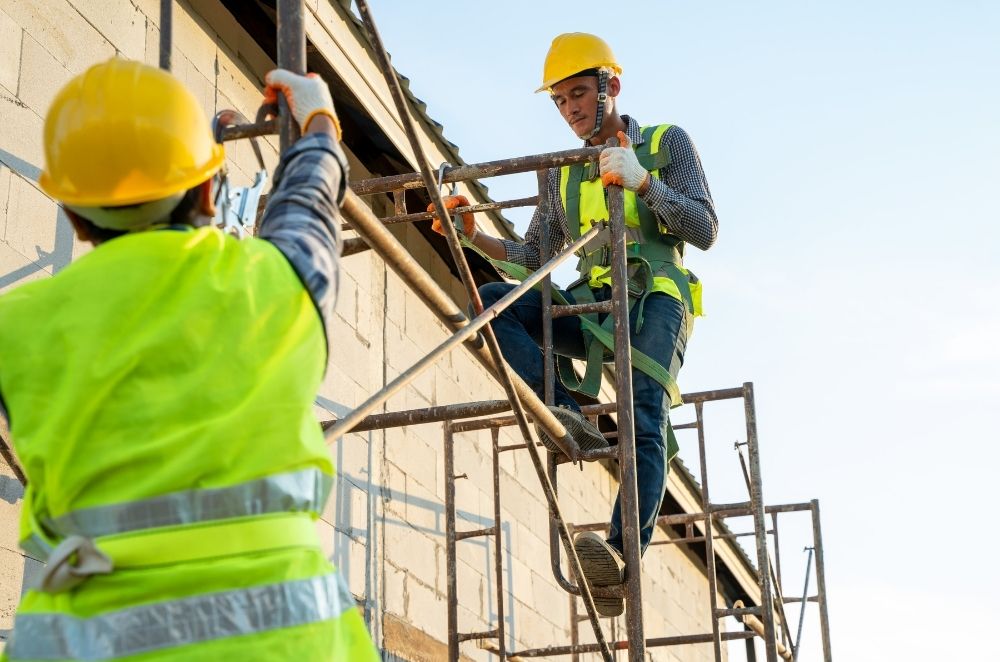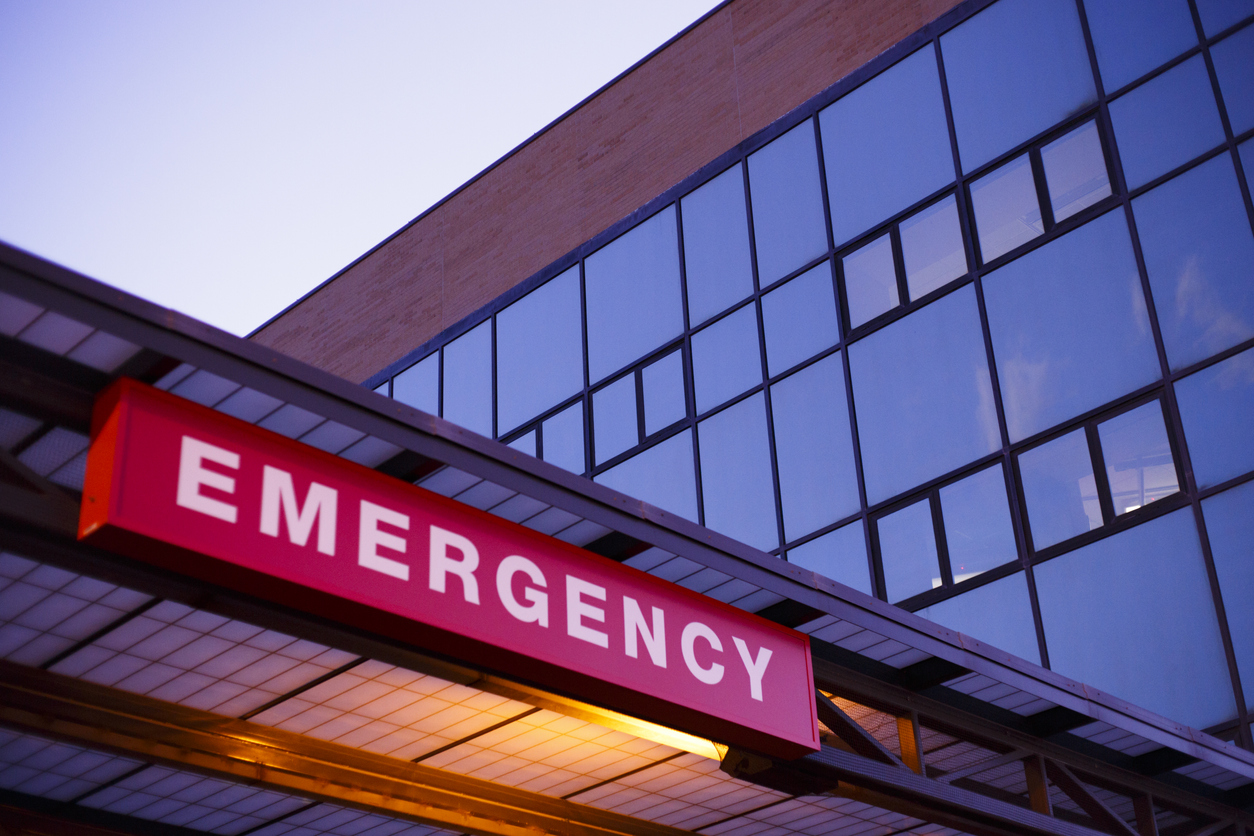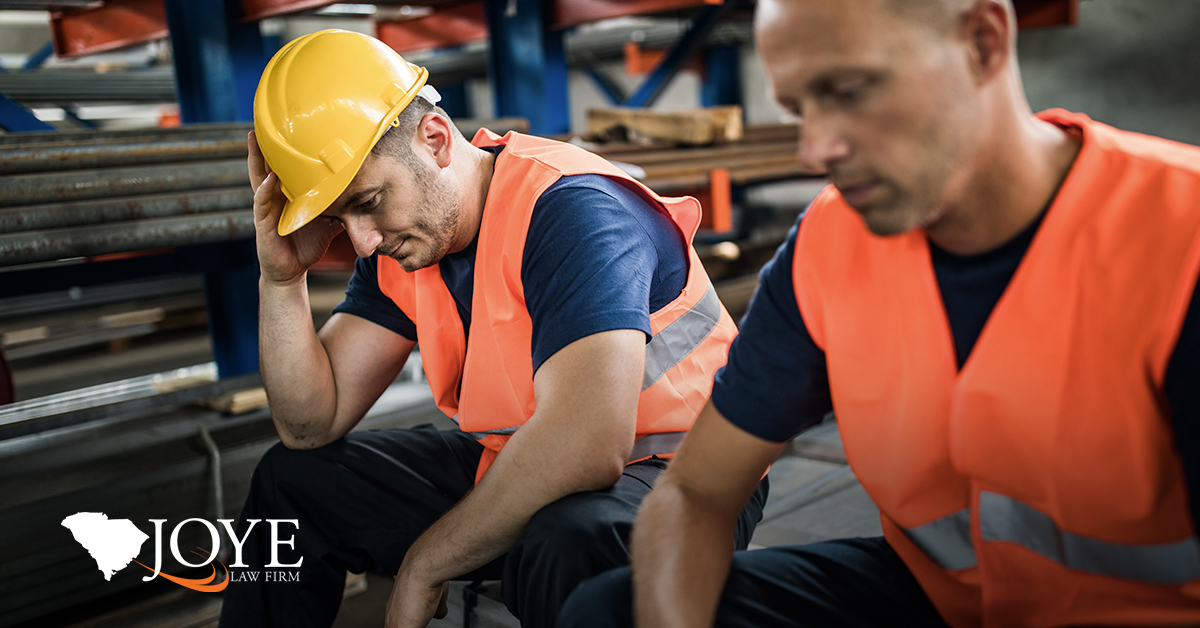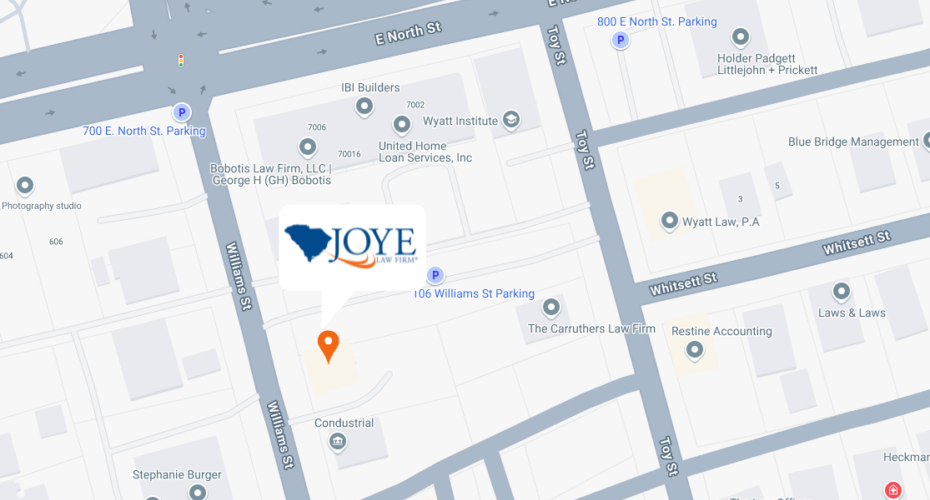
Construction sites are required to have several different types of safety signage. Some signs warn workers and visitors of potential hazards, such as falling debris or electrical cables. Other signs point to the location of safety items such as fire extinguishers and first aid kits.
If you suffer an injury while on a construction site due to a lack of proper safety signage, pursuing legal action can help you recover damages like medical expenses. Injury victims can contact the South Carolina construction accident lawyers at Joye Law Firm, and we’ll help them to seek fair compensation for their injuries.
Construction Site Signage
Each sign on a construction site serves a different purpose. However, a lack of required signage can lead to catastrophic injuries for workers and others on the site.
Additionally, all construction sites must have signs that list the name and contact information of the site manager or owner, as this person may be liable for injuries on the site. These signs must be visible from all entry points to the property to be legally compliant.
Construction signage has a three-tier risk classification system that places signs under three categories.
Caution Signs
Construction workers are susceptible to many injuries, from minor cuts and bruises to more severe injuries such as broken bones and lacerations. One of the best ways to help prevent these injuries is to clearly mark all potential hazards on a construction site.
Caution signs denote potential hazards where minor or severe injuries occur, and as such, should be placed around areas with heavy machinery, exposed wiring, or loose debris. These signs help to alert workers to potential dangers and encourage them to take precautions.
Caution signs may warn of automatic equipment and usually feature yellow backgrounds and symbols that help the reader easily understand the threat.
Other caution signs include:
- Hazardous waste
- Eye protection required
- Slippery when wet
Warning Signs
Construction site warning signs mark areas of a job site where severe injury or death can occur. These signs typically feature bright colors and large letters, making them easy to spot even from a distance. They may also include pictorial images, making them instantly recognizable even to those who can’t read English.
Warning signs are typically orange and include messages such as:
- Pinch point
- Keep hands out of machinery
- Close clearance
Danger Signs
Danger signs warn workers of construction site areas where the most severe hazards exist. Danger signs indicate potentially life-threatening dangers, and workers should take extra precautions when nearby.
Common danger signs include:
- Fall protection is required beyond this point
- High voltage
- Hazardous chemicals
Other Required Safety Measures for Construction Sites
Besides proper signage, employers must provide with other protective measures to keep them out of harm’s way. These safety measures include:
Guardrails
Guardrails are essential to construction sites because they provide a physical barrier between people and potential hazards. For example, railings protect workers from falling off a roof or into a pit.
Protective Gear
Personal Protective Equipment, or PPE, is essential for construction workers for various reasons. First and foremost, PPE helps to protect workers from injuries, including cuts, bruises, and broken bones. Construction sites often contain hazards that can cause serious damage, and protective gear helps mitigate those risks.
In addition, PPE can also help to protect workers from exposure to harmful chemicals or other substances that might be present on a construction site. Finally, PPE can also help to keep workers safe from heat, cold, or other extreme weather conditions.
Recovering Compensation for Injuries Caused By a Lack of Safety Signage
If you’ve sustained injuries resulting from OSHA violations at a construction site, speak with an attorney from Joye Law Firm. Our attorneys can review the facts of your case, determine whether you have a valid claim, and estimate how much your claim is potentially worth.
Your attorney will then help you decide which type of claim to file for your injury. You may be able to file a workers’ compensation claim and/or a personal injury lawsuit, depending on the circumstances of your accident.
Workers’ Compensation
Generally, you will file a workers’ compensation claim if you are hurt while on the job. Workers’ compensation is a type of insurance almost all employers must have by South Carolina law. It offers compensation for medical bills and lost wages for workplace injuries and requires you to file a claim through your employer.
Workers’ compensation doesn’t require you to prove fault to receive benefits. However, you can gain an advantage by working with one of Joye Law Firm’s South Carolina workers’ compensation lawyers to help you file your claim and maximize your award.
Personal Injury Claim
You might file a personal injury claim if a negligent third party, like a contracted supervisor, caused your injuries.
A personal injury claim allows you to seek the following damages related to your injuries:
- Medical bills
- Lost wages
- Physical pain
- Mental and emotional suffering
- Disfigurement
- Loss of consortium
If you and your legal team opt for a personal injury claim, you must prepare evidence for the case. You have to prove that the lack of proper signage or other hazards directly caused your accident and injuries. You must also prove that the responsible party knew or should have known of the danger and failed to post appropriate signage to warn you of the danger.
Hire a Reliable Personal Injury Attorney for Your Claim
Proving your accident occurred due to a negligent lack of appropriate signage can be challenging. Having a knowledgeable lawyer on your side can help you build a strong case using medical records, first responder reports, and testimony from other workers or witnesses.
Contact the skilled attorneys from Joye Law Firm today to discuss a personal injury claim and to seek fair compensation to help you return to your normal life.







































